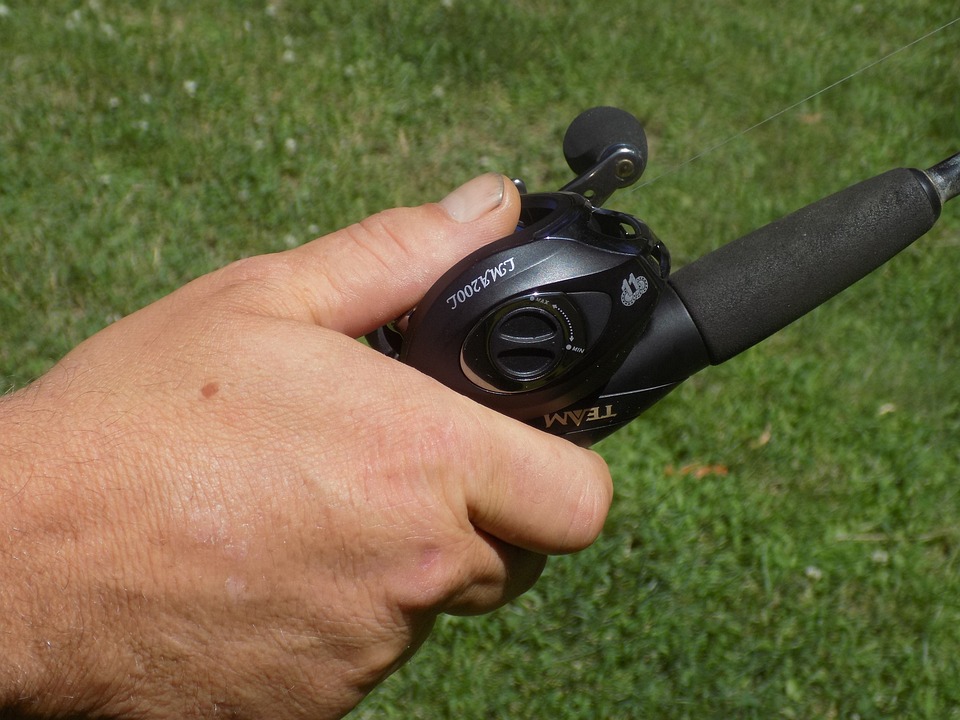Fish behavior can be fascinating to observe, but it’s important to recognize when their actions deviate from the norm. Just like any other living creature, fish can exhibit abnormal behavior, indicating potential health or environmental issues. In this article, we will delve into the various signs of abnormal fish behavior, their possible causes, and how to address them effectively. So, let’s dive in!
1. Common Signs of Abnormal Fish Behavior
Fish are known to exhibit certain behaviors that indicate they are thriving and healthy. However, when they show abnormal behavior, it can be a cause for concern. Here are some common signs to watch out for:
– Erratic swimming patterns
– Frequent hiding or isolating from other fish
– Loss of appetite or sudden weight loss
– Aggressive behavior towards tank mates
– Constant scratching against objects in the aquarium
– Gasping at the water surface
– Lethargy or reduced movement
– Unusual coloration or markings
2. Identifying the Possible Causes
Understanding the underlying causes of abnormal fish behavior is crucial in addressing the issue effectively. Several factors can contribute to these behaviors, including:
– Poor water quality: High ammonia, nitrite, or nitrate levels, low oxygen, or incorrect pH can stress fish and lead to abnormal behavior.
– Inadequate tank size: Overcrowded tanks restrict fish movement and can cause stress and aggression.
– Incompatible tank mates: Aggressive or territorial fish might cause stress and harm to their tank mates.
– Improper diet: Feeding fish an imbalanced or inappropriate diet can result in malnutrition and related behavioral changes.
– Disease or parasites: Various infections, parasites, or fungal diseases can affect fish behavior.
– Environmental stressors: Sudden changes in temperature, lighting, or water chemistry can cause stress and behavioral abnormalities.
3. Addressing Abnormal Fish Behavior
Once you’ve identified abnormal behavior in your fish, it’s crucial to take prompt action to ensure their well-being. Here are some steps to address the issue:
– Check water parameters: Test the water regularly to ensure optimal conditions. Maintain proper levels of ammonia, nitrite, nitrate, pH, and temperature.
– Assess tank size and compatibility: Evaluate the tank size and ensure it provides ample space for each fish. Research appropriate tank mates to prevent aggression and stress.
– Review feeding habits: Provide a varied and balanced diet suitable for your fish species. Consult with experts or conduct research to determine their specific nutritional requirements.
– Quarantine new additions: Before introducing new fish to the tank, quarantine them to prevent the spread of diseases or parasites.
– Seek veterinary assistance: If abnormal behavior persists or worsens, consult a veterinarian specializing in fish health. They can diagnose and treat any underlying diseases or infections.
FAQs (Frequently Asked Questions)
Q: How can I tell if my fish are stressed?
A: Stressed fish may exhibit abnormal behavior, such as darting around the tank, gasping at the surface, or hiding excessively.
Q: Can abnormal fish behavior indicate a disease?
A: Yes, abnormal behavior can be a sign of disease or infection. It’s important to observe other symptoms and consult a veterinarian if necessary.
Q: How often should I test my aquarium water parameters?
A: It is recommended to test water parameters at least once a week or more frequently in newly established tanks.
Q: Can adding more hiding places in my tank help alleviate abnormal behavior?
A: Yes, providing ample hiding spots, plants, and decorations can reduce stress and promote natural behavior in fish.
Q: Is it normal for fish to change color over time?
A: Yes, some fish species naturally change color as they mature. However, sudden or drastic changes in coloration may indicate an underlying issue.
Understanding fish behavior and promptly addressing abnormalities is crucial for maintaining a healthy and thriving aquarium. By observing their actions closely, identifying potential causes, and taking appropriate action, you can ensure the well-being of your aquatic companions. Remember, a harmonious environment leads to happy and vibrant fish!









